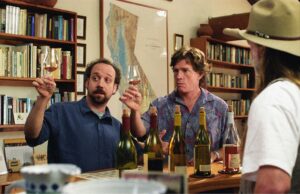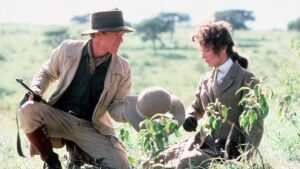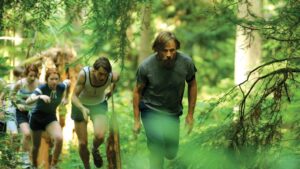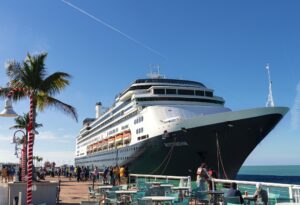The best things to do in Honduras
28th February 2022
6 min. read
1883
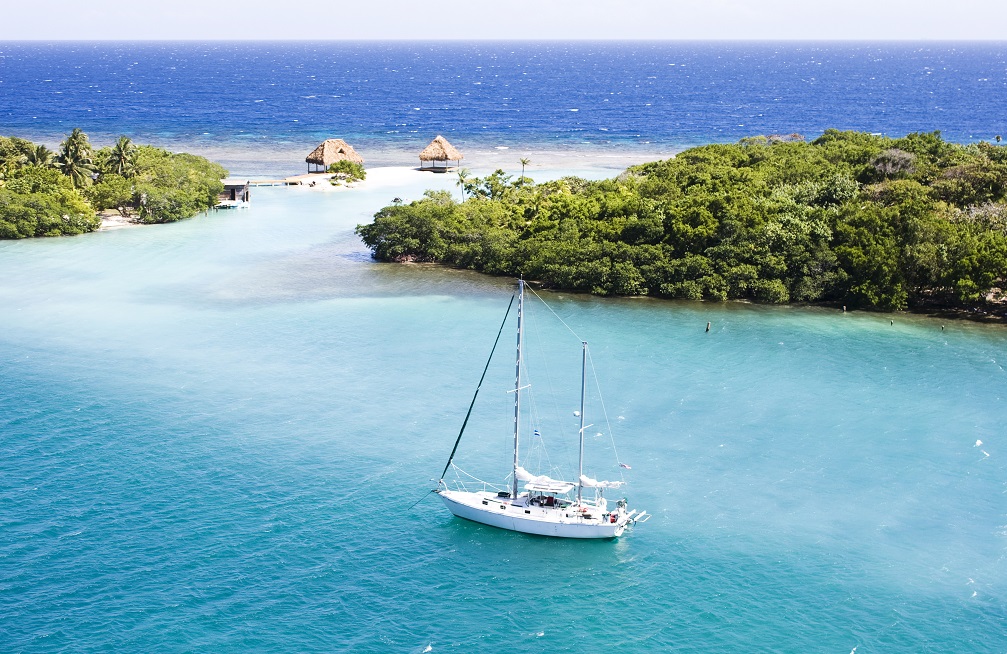
With a reputation on the less than pleasant side, Honduras has often been a place snuffed at by international travels.
While this may have been true in the past, with violent gang-based crime widespread across the country, the country is now developing to cater to those who are hungry to travel.
But, this mysterious Central American country is intriguing, as much as it is captivating.
Bordering El Salvador to the West and Nicaragua to the South, Honduras is a country full of life, culture, drama, and nature. Due to its violent history, Honduras is one of the less-frequented countries in the entire Central American region.
Which, to some, maybe a welcome relief. Lose yourself in vast scenery, without the worry of great crowds to contend with. However, it is always recommended to follow your country’s governmental guidance when it comes to traveling in Honduras – stay up to date with the goings-on in-country.
Read on to discover some of the hidden gems of Honduras.
Bay Islands
Between 15 – 30 miles off the eastern coast of Honduras, visitors can find Islas de la Bahía or Bay Islands. Compromising of 3 main islands (Roatán, Utila, and Guanaja), the reef system that surrounds these tropical paradises is thought to be the second-largest in the world – second only to The Great Barrier Reef in Australia.
As can be expected, a wealth of wildlife can be found in these living cities. Perhaps the biggest draw is the scuba diving and snorkeling opportunities, where whale sharks are known to pass. Other species include turtles, sharks, rays, and a multitude of colorful fish.
The biggest of the Islands, Roatán, is home to some of the best beaches in the entire world. Absolutely worth a visit.
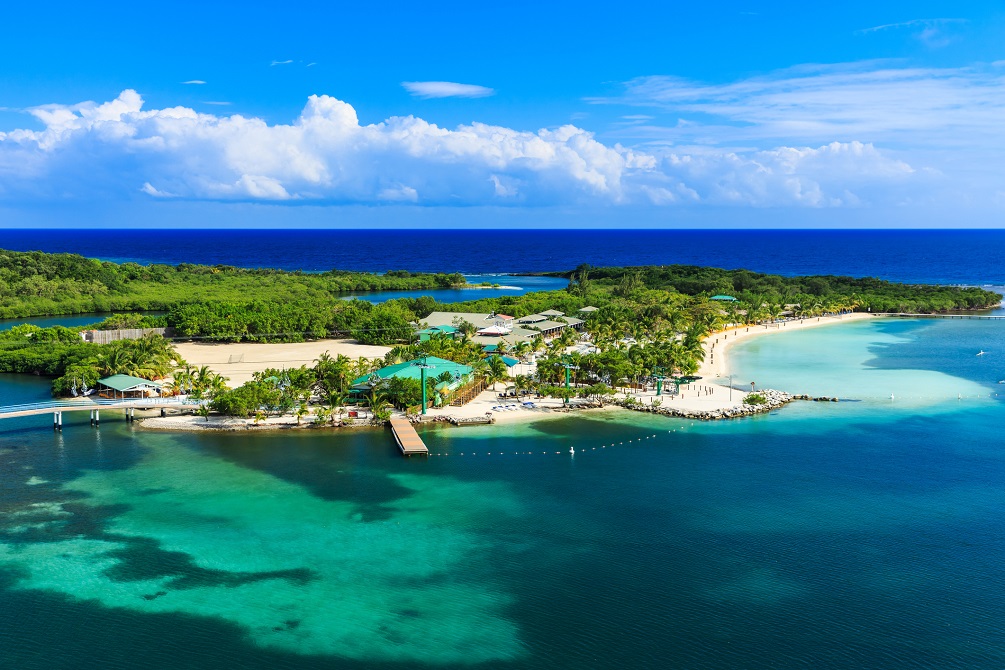
Trujillo
Back on the mainland of Honduras, on the Caribbean coastline, discover the beautiful colonial town of Trujillo. One of the first settlements colonized by the Spanish, Trujillo retains intricately cobbled streets and historic monuments – such as San Juan Bautista Cathedral and the Santa Bárbara Fortress.
On top of the quaint town, the beaches here are electrifying. The hybrid of the Caribbean and Spanish vibes creates a unique ambiance that radiates charm. With a mix of cultures, comes a delicious cuisine. If you have a sweet tooth, try the Tabletas de Leche y coco – the local afro-indigenous community that specializes in this coconut and milk treat.
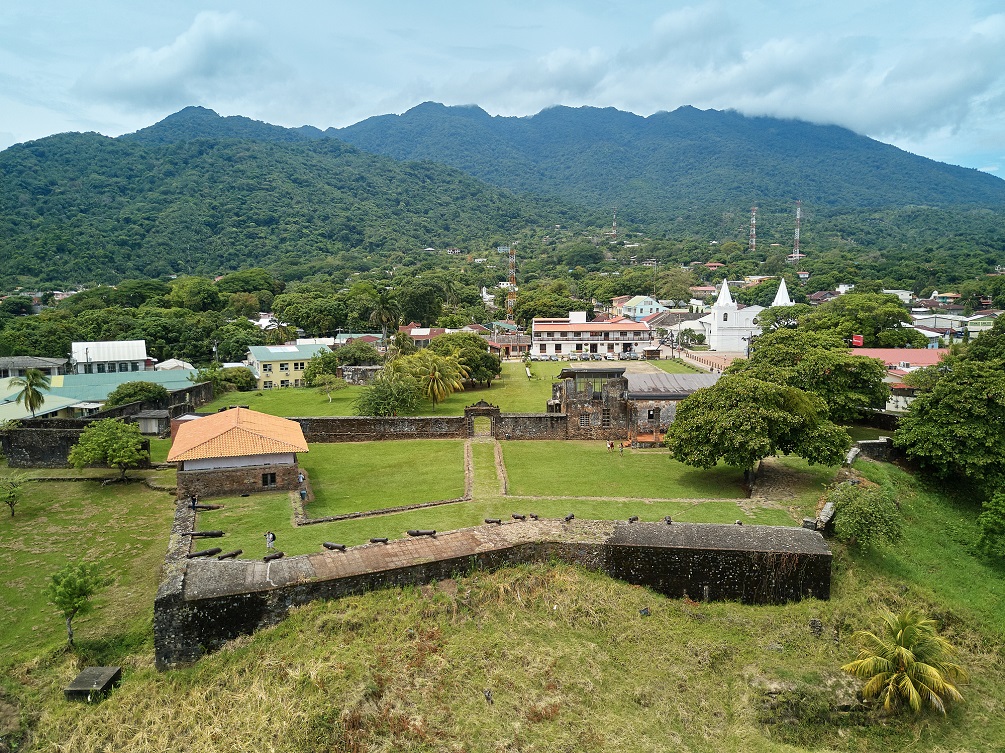
Capiro and Calentura National Park
If you’re visiting Trujillo, explore the National Park that borders the coastal town. With peaks and valleys, as well as rising mountains, the landscape is one to behold. Part of the Honduran Protected Areas System, this National Park is an important refuge for local fauna. One of the most significant species of the area is the scarlet macaws; a species that has faced a drastic decline in recent years. Today, Capiro and Calentura National Park is a stronghold for this avian – as well as many other species, such as primates.
Throughout the National Park, there are many hiking trails meandering through the tropical jungle environment that allows visitors to spot interesting wildlife.
Copan Ruins
Near the Northern border of Guatemala, the ancient Mayan ruins of Copan can be found. Declared a UNESCO World Heritage Site, the area is an important archeological area for the preservation of the ancient ruins. This is the place for you if you’re into ancient history.
Incredibly, no one is entirely sure what caused the collapse of this once great civilization. As you walk around, discover the fascinating hieroglyphics and sculptors and picture what life was like here thousands of years ago.
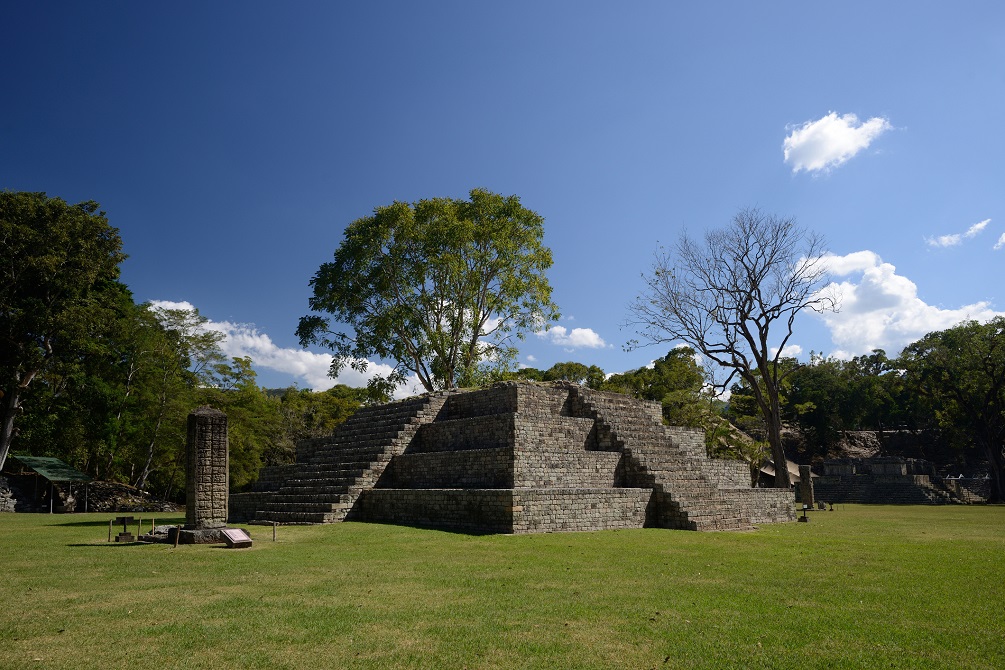
Rio Cangrejal
One of the steepest rivers in all of Central America, Rio Cangrejal is also one of the shortest; at around 25km.
In some sections of the river, the water is crystal-clear and full of boulders and dense jungles around the banks. Together, this creates a unique environment that is hard to find anywhere else on earth. The natural landscapes create a habitat that is home to a range of different animals; from countless bird species to elusive mammals.
There are many activities for those with an adventurous heart. Experience the thrill of hitting the rapids or take your time as you amble down the hiking trails to spot wildlife.
La Mosquitia
The easiest way to describe La Mosquitia is the Central American equivalent of the Amazon jungle. Located in the Southeastern tip of Honduras, La Mosquitia is one of the largest tropical rainforests in Central America.
Largely untouched by humans, the rainforest of La Mosquitia remains a stronghold for many species – from the smallest insects to the largest carnivores. Much of the 865000-acre forest is home to trees reaching up to 35 meters into the canopy.
Because of the pure density of the rainforest, it is recommended to not venture into the jungle alone. Always book a guided tour to learn about the nature, and history, of the area.
Lago de Yojoa
The largest lake in Honduras, with a surface area of 79sqkm, Lago de Yojoa lies in a depression formed by geothermal, volcanic activity.
To one side, vast mountains border the lake. On the other side, the Cerro Azul Member National Park. The lake itself is popular for watersport activities, from fishing to kayaking. Enjoy the daily fresh produce, and indulge in tilapia ceviche; a citrus cured fish dish, typically served with fried tortillas.
The lake serves as an important stop-off point between the two cities of Tegucigalpa and San Pedro. Whilst in the region, discover the many waterfalls and hiking trails, as well as ancient ruins and archeological sites around the lake.
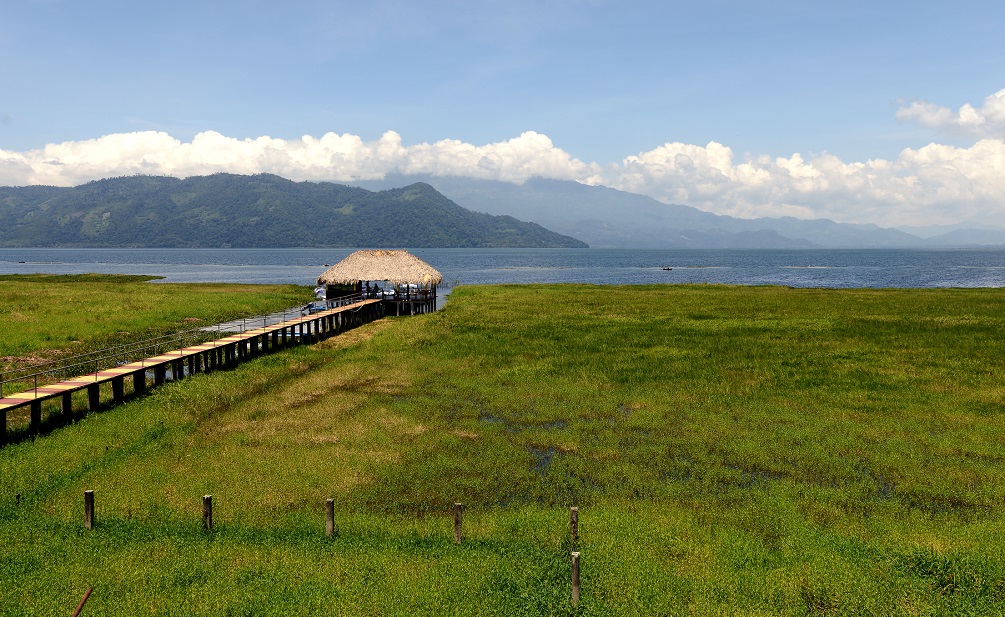

Suda Gray
Luxury Inspire Me Travel
07808174692
suda@luxuryinspiremetravel.co.uk
Specialist Area:
Luxury, Weddings and Honeymoon, Off The Beaten Track, Cruise
View ProfileRelated Articles
Related News
SIGN UP FOR OUR MAILING LIST
Enter your email address and receive daily or weekly updates with the latest articles, news and videos.Copyright © 2021 Experienced Travellers Ltd. Experienced Travellers Ltd is not responsible for the content of external sites. Read about our approach external linking.






